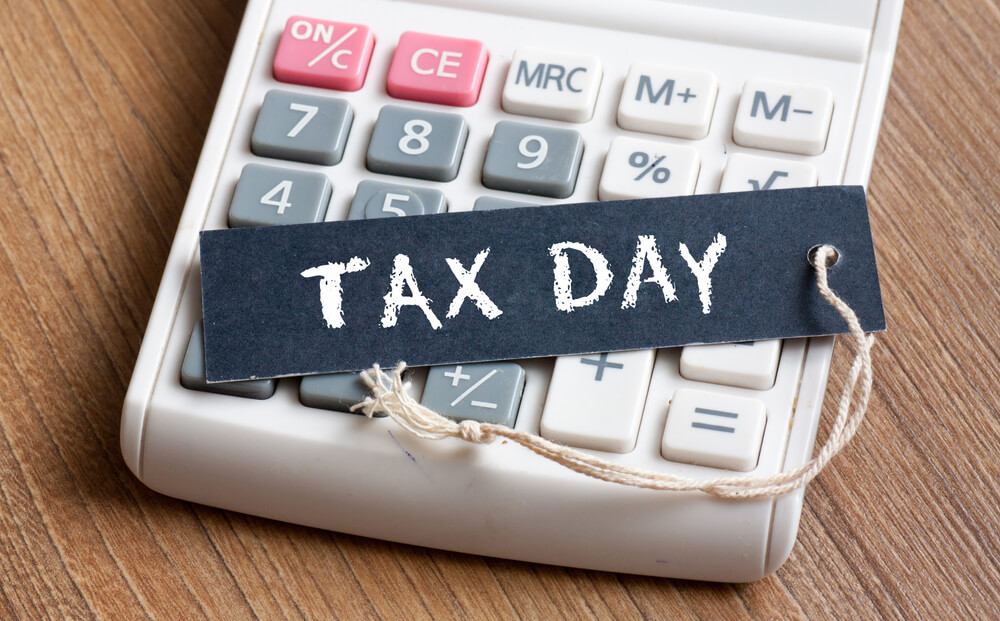The taxman is like the grim reaper.
He’s coming for you. And eventually, he’ll get you. It’s inevitable.
As Benjamin Franklin put it, the only two certainties in life are death and taxes. But the longer we can kick each of those cans down the road, the better.
So, here are a few more tax season tips to keep some of your hard-earned dollars out of the taxman’s hands just a little longer. Click here to read more of my top tax tips.
Tax Tip No. 1: The Spillover IRA
I’ve written about this concept before, but it’s worth repeating.
There no such thing as a “spillover” IRA. That’s a Charles Sizemore original.
But if you’ve already maxed out your 401(k) or any other workplace retirement accounts, you can use a health savings account (HSA) as an extra retirement account — or a spillover IRA as I like to call it.
If you have a high-deductible health insurance plan — and most of us do at this point — you may be able to contribute to an HSA. These accounts are designed to take some of the sting out of health expenses. You get a tax deduction for any cash contributed to the HSA, and you can take it out tax-free to pay for any health expenses.
But here’s the thing: No one ever said you have to take it out. You can just let it sit there. In many cases you can invest it in mutual funds the same way you might in a 401(k) plan.
Once you turn 65, you can take the funds out for nonmedical purposes penalty-free. You’d still owe taxes on it, but the same would be true of any cash taken out of an IRA or 401(k) plan.
For tax year 2021, you can contribute up to $3,600 per year in an individual plan (or $4,600 if you’re 55 or older). Those with family plans can contribute up to $7,200 per year (or $8,200 if you’re 55 or older).
Those numbers jump to $3,650 and $7,300, respectively in 2022. If you’re 55 or older, you’ll also be able to “catch up” and contribute an extra $1,000.
No. 2: Make a One-Person Pension
If you’re self-employed and a high-income earner, you want to pay attention to this tax tip. Depending on your age and income, you might be able to dump well in excess of $100,000 into tax-advantaged retirement accounts. That’s well above the usual 401(k) contributions.
How do you do it? You can create a one-person pension plan. Yes, a pension. Like the old-school defined benefit plans that federal employees or union members get.
Don’t attempt this on your own. Screwing it up can have nasty tax consequences. But there are plenty of specialists out there who know how to set up and maintain these plans properly.
The rules here are complex. But if you make more than $300,000 in self-employment income, have no employees, and are 50 or older, you can create a defined benefit plan for yourself and dump well over $100,000 per year into it. It reduces your taxable income by the same amount.
Again, the rules are complex and vary based on your age, income and other factors. You want professionals dealing with those details. But, in most cases, you can contribute $2 million or more into these plans over the course of several years, saving hundreds and hundreds of thousands of dollars in taxes.
Once you max the plan out, you can shut it down and roll the proceeds into an IRA.
It’s an incredible tax break. I’m surprised it’s legal.
Most tax moves can be made up to the tax filing deadline of April 15. But these pension plans must be launched within the calendar year in order to qualify. If this tax tip interests you, find a specialist in the coming weeks.
Again, there’s no escaping the tax man. He’ll get his. He always does.
But the longer you keep your cash out of his grubby hands, the more time it has to grow.
To safe profits,
Charles Sizemore
Co-Editor, Green Zone Fortunes
Charles Sizemore is the co-editor of Green Zone Fortunes and specializes in income and retirement topics. He is also a frequent guest on CNBC, Bloomberg and Fox Business.






